Angola will continue to expand its energy infrastructure this year while expecting new oil and gas projects that will mitigate its production decline.
Angola, one of Africa’s top oil and gas producers, is undergoing a major transformation in its energy sector. The country pumps out some 1.1 million barrels of oil a day but maturing fields mean that production is stagnating and more exploration needs to be done. The southern African nation has also embarked on significant refining capacity addition by welcoming private sector participation in several refinery projects. It is also diversifying its energy mix attracting foreign investment, boosting local content, and pursuing a green energy transition. Here are some of the key developments and projects to watch in 2024:
Cabinda Refinery: Contractors VFuels LLC and OEC have made progress on the country’s first modular oil refinery in the oil-rich enclave of Cabinda, which is due to start operating in 2024. It will be able to produce up to 30,000 barrels per day (bpd) in its initial phase, enough to meet a tenth of Angola’s fuel needs and cut its reliance on imports—the country's petroleum imports bill doubled to $4bn in 2022 from previous year. There are plans to increase the capacity of the refinery in further phases to 60,000 bpd. The refinery is a joint venture between Sonangol, the state oil company, and Gemcorp, a British asset manager.
Larger private refineries are also planned in Soyo, near Cabinda, and Lobito, on the central coast. Once commissioned, they will produce more fuel than Angola needs, with the surplus exported by pipeline or ship to regional and global markets.
Kaminho Project: TotalEnergies is developing the Cameia and Golfinho fields in the offshore Kwanza Basin – a project renamed “Kaminho”. A $6bn final investment decision is expected this year after striking a deal with Sonangol and bringing in Petronas, Malaysia’s state-owned oil firm, as a partner. The fields, when developed, are expected to pump out 70,000 barrels of oil a day, starting in 2026. Chinese yards have been competing for months to secure the FPSO contract from Saipem, with a yard expected to be selected in the coming weeks.
Agogo Full Field Development: Offshore Angola, Azule Energy continues to progress its Agogo integrated west hub development project in Block 15/06, where it already has two FPSOs. In early 2023, contracts were awarded to Yinson, Baker Hughes, Aker Solutions, Saipem and Subsea 7. The project comprises 36 new wells, one converted FPSO able to produce 120,000 bopd and 230 MMscf/d, and will rely on some 100km of rigid flowlines, 100k of flexible flowlines and 100km of umbilicals. The new hub will develop reserves from the Agogo and Ndungu Fields with commissioning expected in mid-2026.
CLOV Phase 3 Project: TotalEnergies is also boosting its output in its flagship Block 17, where it runs the CLOV floating production, storage and offloading unit. The $850m CLOV Phase 3 project will link new wells to the existing subsea network and lower the carbon footprint of the facilities. It will add 30,000 barrels a day from the existing fields. Production is due to start in 2024 after significant subsea work done by TechnipFMC.
Barra Do Dande Ocean Terminal: Angola’s biggest oil terminal, in the northern province of Bengo, is set to finish its first phase this year. The first phase will hold a storage capacity of 582,000 cubic metres of petroleum derivatives. The infrastructure project has been in the making since 2013 but suffered several delays, after years of recession since 2016. When completed, the terminal will be able to store 1.2m cubic metres of liquid and gaseous fuels. It will support the Angola’s oil industry and facilitate exports to international markets.
Looking ahead
Angola’s energy sector is poised for growth and innovation in the coming years, as the country leverages its abundant resources and expertise to meet its domestic energy demand while building new regional and cross-border energy networks.
Beyond oil & gas, Angola has gotten aggressive on scaling up renewable energy capacity. The country already relies on an electricity mix dominated by hydropower but is developing several solar power plants in cooperation with the private sector, including Sun Africa of the US but also oil & gas majors such as Azule Energy and TotalEnergies.
Angola also hopes to position itself in the future hydrogen market under a deal between state-owned Sonangol and Gauff and Conjubcta that seeks to export green ammonia to Europe by 2025. The project uses hydropower to make green ammonia from water and air, with a target of producing 280,000 tonnes of green ammonia.
Last but not least, the country is well positioned to serve as a hub for the broader Central African and SADC region where fuel importers such as Zambia are looking to Angola for supplies of much needed gas and petroleum products.
For more industry news and the latest reports sign up to our monthly newsletter:
Cabinda Refinery: Contractors VFuels LLC and OEC have made progress on the country’s first modular oil refinery in the oil-rich enclave of Cabinda, which is due to start operating in 2024. It will be able to produce up to 30,000 barrels per day (bpd) in its initial phase, enough to meet a tenth of Angola’s fuel needs and cut its reliance on imports—the country's petroleum imports bill doubled to $4bn in 2022 from previous year. There are plans to increase the capacity of the refinery in further phases to 60,000 bpd. The refinery is a joint venture between Sonangol, the state oil company, and Gemcorp, a British asset manager.
Larger private refineries are also planned in Soyo, near Cabinda, and Lobito, on the central coast. Once commissioned, they will produce more fuel than Angola needs, with the surplus exported by pipeline or ship to regional and global markets.
Kaminho Project: TotalEnergies is developing the Cameia and Golfinho fields in the offshore Kwanza Basin – a project renamed “Kaminho”. A $6bn final investment decision is expected this year after striking a deal with Sonangol and bringing in Petronas, Malaysia’s state-owned oil firm, as a partner. The fields, when developed, are expected to pump out 70,000 barrels of oil a day, starting in 2026. Chinese yards have been competing for months to secure the FPSO contract from Saipem, with a yard expected to be selected in the coming weeks.
Agogo Full Field Development: Offshore Angola, Azule Energy continues to progress its Agogo integrated west hub development project in Block 15/06, where it already has two FPSOs. In early 2023, contracts were awarded to Yinson, Baker Hughes, Aker Solutions, Saipem and Subsea 7. The project comprises 36 new wells, one converted FPSO able to produce 120,000 bopd and 230 MMscf/d, and will rely on some 100km of rigid flowlines, 100k of flexible flowlines and 100km of umbilicals. The new hub will develop reserves from the Agogo and Ndungu Fields with commissioning expected in mid-2026.
CLOV Phase 3 Project: TotalEnergies is also boosting its output in its flagship Block 17, where it runs the CLOV floating production, storage and offloading unit. The $850m CLOV Phase 3 project will link new wells to the existing subsea network and lower the carbon footprint of the facilities. It will add 30,000 barrels a day from the existing fields. Production is due to start in 2024 after significant subsea work done by TechnipFMC.
Barra Do Dande Ocean Terminal: Angola’s biggest oil terminal, in the northern province of Bengo, is set to finish its first phase this year. The first phase will hold a storage capacity of 582,000 cubic metres of petroleum derivatives. The infrastructure project has been in the making since 2013 but suffered several delays, after years of recession since 2016. When completed, the terminal will be able to store 1.2m cubic metres of liquid and gaseous fuels. It will support the Angola’s oil industry and facilitate exports to international markets.
Looking ahead
Angola’s energy sector is poised for growth and innovation in the coming years, as the country leverages its abundant resources and expertise to meet its domestic energy demand while building new regional and cross-border energy networks.
Beyond oil & gas, Angola has gotten aggressive on scaling up renewable energy capacity. The country already relies on an electricity mix dominated by hydropower but is developing several solar power plants in cooperation with the private sector, including Sun Africa of the US but also oil & gas majors such as Azule Energy and TotalEnergies.
Angola also hopes to position itself in the future hydrogen market under a deal between state-owned Sonangol and Gauff and Conjubcta that seeks to export green ammonia to Europe by 2025. The project uses hydropower to make green ammonia from water and air, with a target of producing 280,000 tonnes of green ammonia.
Last but not least, the country is well positioned to serve as a hub for the broader Central African and SADC region where fuel importers such as Zambia are looking to Angola for supplies of much needed gas and petroleum products.
For more industry news and the latest reports sign up to our monthly newsletter:




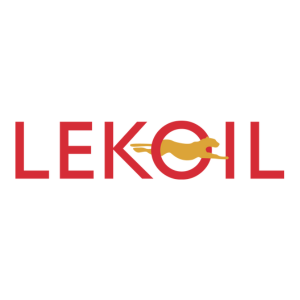
_weblogo_2.png?ext=.png)

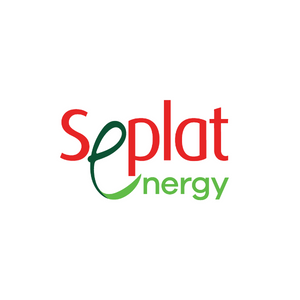




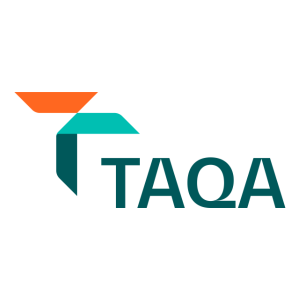
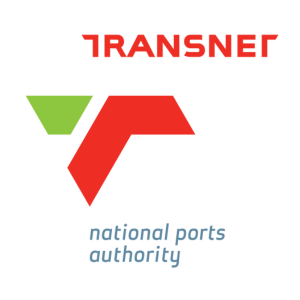
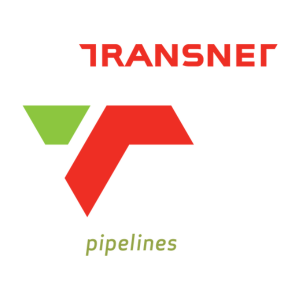



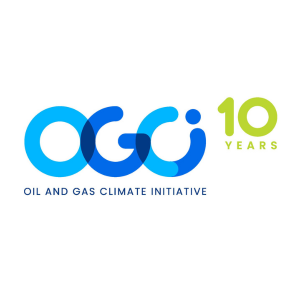
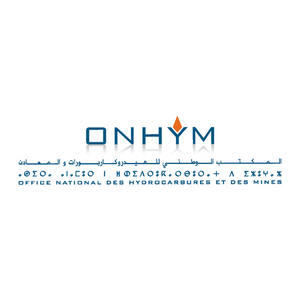

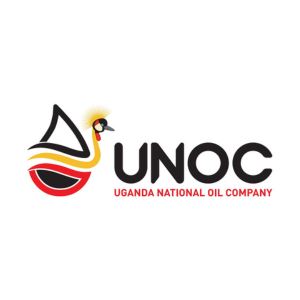
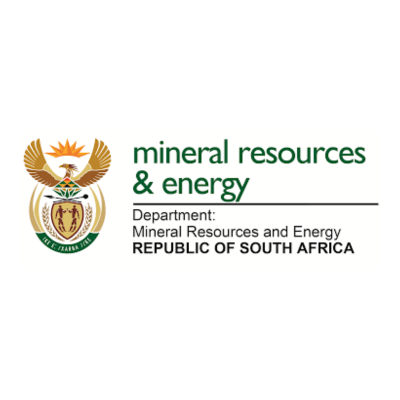
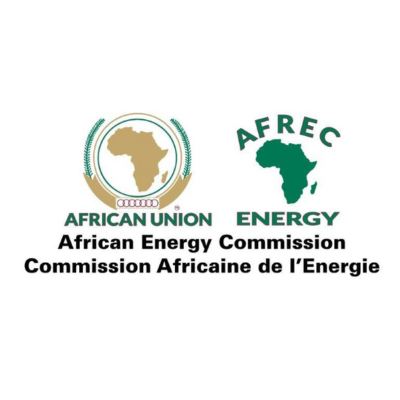
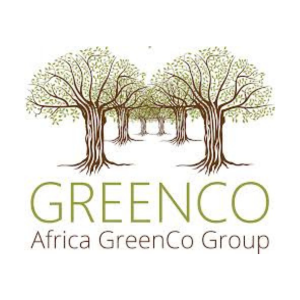
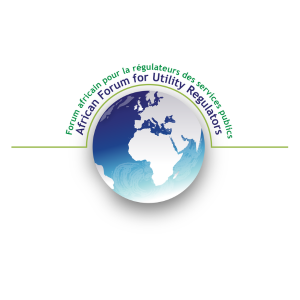



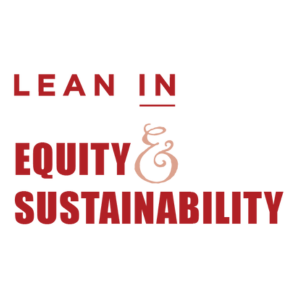

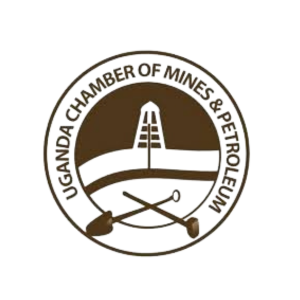



.jpg?ext=.jpg)
